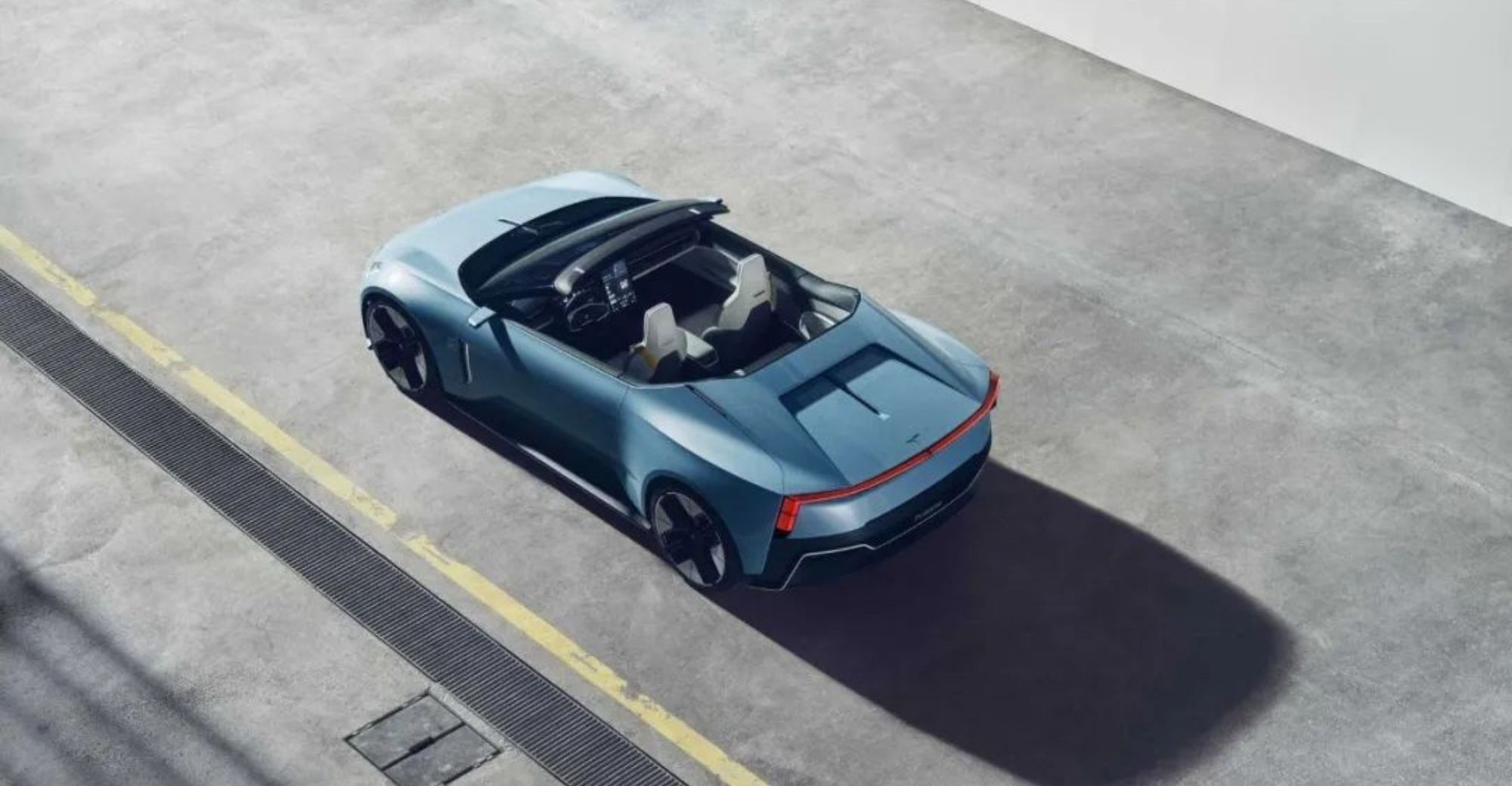
Geely and Volvo-Backed Polestar O2 Concept EV Released
Want to read in a language you're more familiar with?
Polestar, an electric vehicle (EV) brand jointly backed by Geely and Volvo, launched a new concept convertible sports car called the Polestar O2.
Polestar, an electric vehicle (EV) brand jointly backed by Geely and Volvo, launched a new concept convertible sports car called the Polestar O2 on Wednesday. Currently, the brand has not yet released details on its power, cruising range or other configurations. In addition, it plans to launch three new models throughout the next three years, starting from 2022.
Polestar O2 will adopt a new bonded aluminum platform developed by the firm's British team for Polestar 5, a luxury four-door sports car. The platform has advantages such as tighter car body control, high rigidity and agile dynamic response. Smaller roll angles and higher rolling resistance also improves the performance of the vehicle, which makes steering more linear and accurate, giving true steering wheel feedback to the driver.

The design of Polestar O2 is in line with Polestar Precept, a sporty four-door sedan. Given the vehicle design and its wide body, short front suspension and long wheelbase, plus the 2+2 seat compact cockpit, it has elements of classic sports cars, but also delivers a simpler and more modern electric style. The Polestar O2 also maximizes its cruising range by optimizing the aerodynamic design of the vehicle body. For example, it integrates the guide air ducts on both sides of the wheels and the car body, and uses taillights with air guide vane feature to reduce turbulence.
The Polestar O2 has used a new thermoplastic monomer material in its interior decoration, which means it uses monomer materials to manufacture different interior accessories.
SEE ALSO: Geely Backed EV Maker Polestar Plans China Showroom Expansion, Challenging Tesla
In addition, the Polestar O2 is equipped with an automatic aerial drone behind the rear seat. This drone was developed by Polestar in cooperation with Aerofugia's consumer electronics brand Hoco Flow. It can take off while the car is driving and conduct aerial filming. The drone can also run automatically and follow the vehicle up to a maximum speed of 90 km/h.
The driver can choose the "high-altitude surrounding mode," which is suitable for shooting coastline cruises, or the "sports follow-up mode" to record more dynamic filming. After filming, the drone can automatically return to the car. When the vehicle stops, the driver can edit and share video clips directly from the 15-inch central display.





